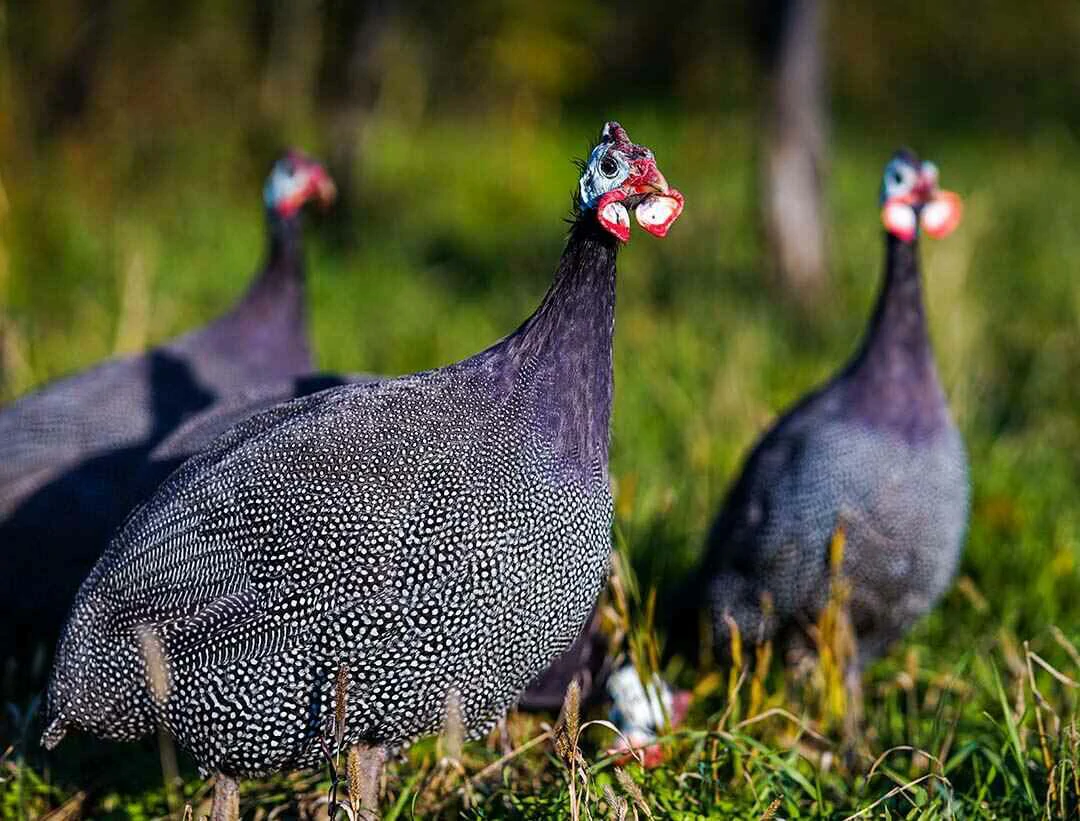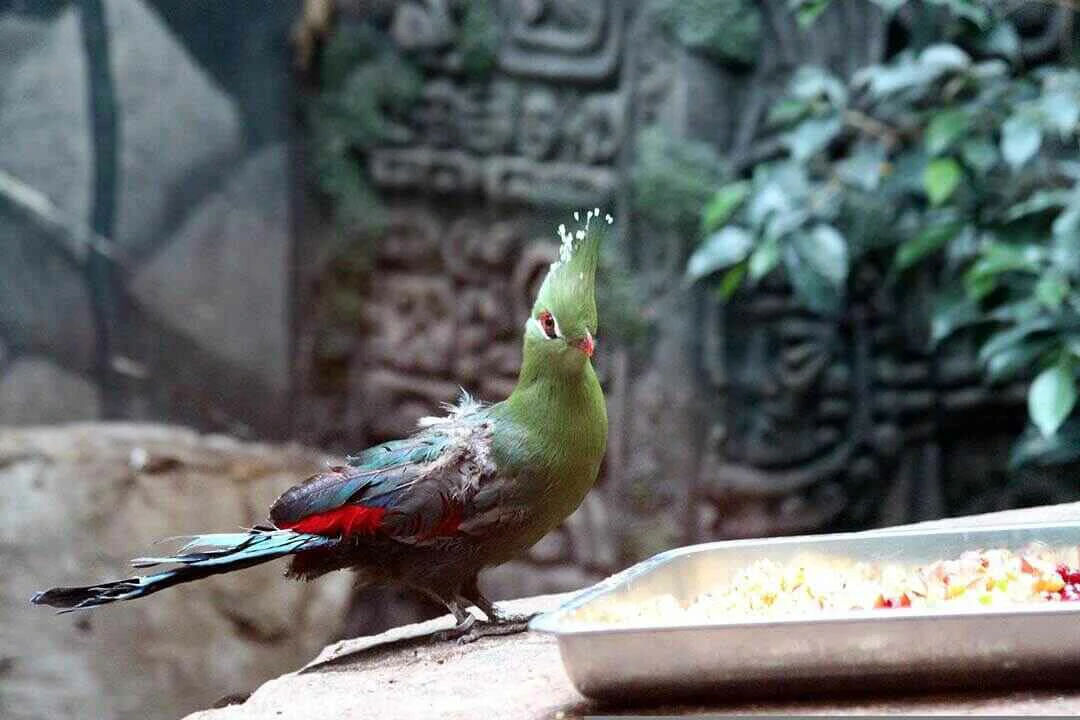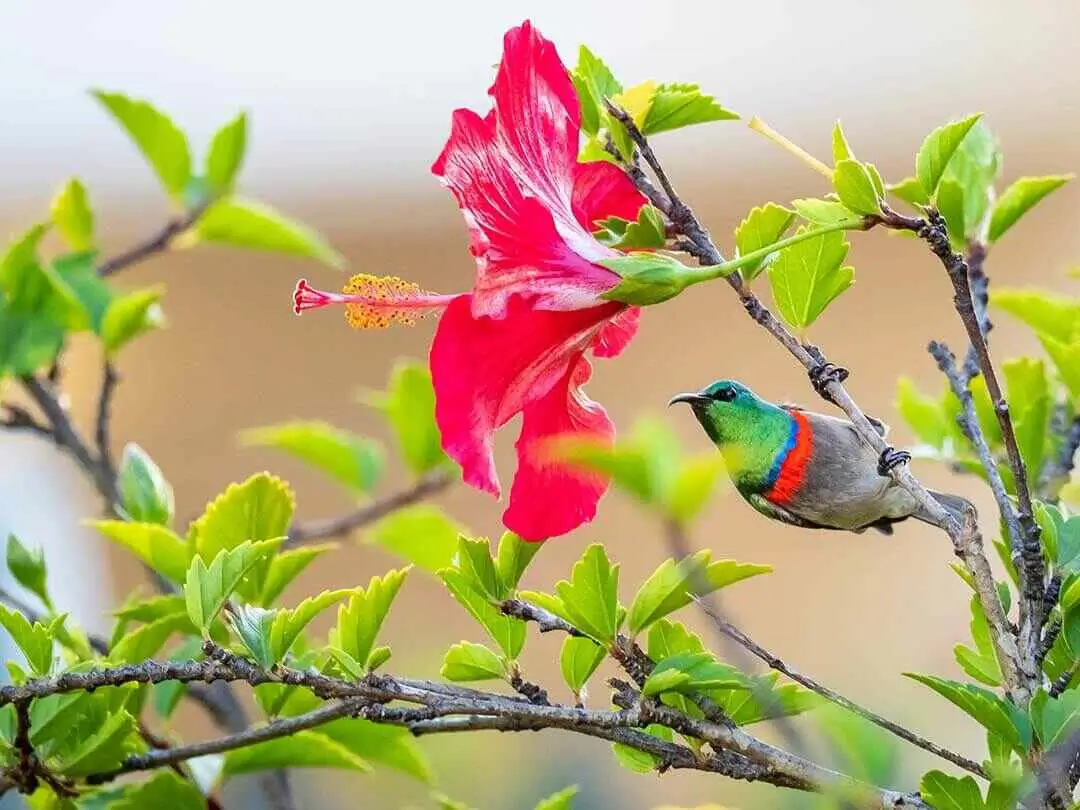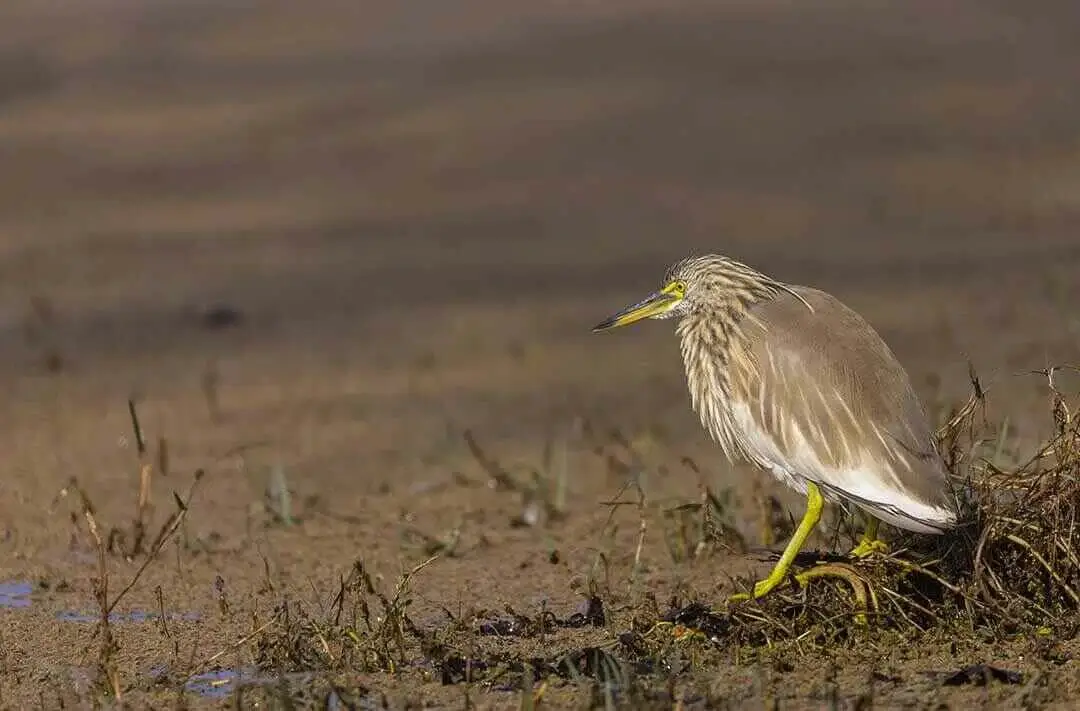
BIRDING IN
Chinko Nature Reserve

BIRDING IN
Chinko Nature Reserve

BIRDING IN
Chinko Nature Reserve

BIRDING IN
Chinko Nature Reserve
Chinko is situated in Eastern Central African Republic, in an area that is composed of around 107,500 kilometers of continuous wilderness and where savannah and tropical forest collide. These mixed habitats have resulted in an extraordinary diversity of wildlife. What is even more remarkable is that despite decades of rampant poaching, political instability and cattle and herdsman moving through the area, the ecosystem has largely remained intact and remnant populations of key species have persisted. Chinko connects with the Yatta-Ngaya Faunal reserve in Northern Central African Republic, Bamingui-Bangoran, Manovo-Gounda-St.Floris, and Zakouma National Park of the Chari and Lake Chad basin. Anchored in potentially the largest functioning tropical wilderness in Africa, Chinko is of critical regional importance to conservation.
The mosaic of different ecosystems in the east of the Central African Republic makes Chinko incredibly rich with a unique composition of biodiversity. Due to physical destruction and pollution of tropical rivers associated with mining, logging, and expansion of agriculture, many of the world's freshwater systems have been fundamentally impacted. It is likely that in the near future the Chinko River drainage basin, spanning 52,100 kilometers Squared, will be the largest tropical freshwater system that remains pristine due to its active protection.
Initial scientific research has documented 90 large mammal species, excluding species rich groups like smaller bats, rodents, or shrews. This includes; 25 species of carnivores including top predators such as the endangered African wild dog and the highly vulnerable Northern lion, nine different species of mongoose, the highest number of mongoose species in sympatry ever officially documented, 14 primate species including Eastern chimpanzees, 24 even-toed ungulates including Eastern giant eland, lowland bongo antelope, Lelwel hartebeest, and eight different species of duikers are present.
Presently, 455 bird species have been identified by direct observation in Chinko of which 50% were not yet documented for this part of the country. Evidence-based predictions suggest about 600 bird species like Collared Sunbird occur in Eastern Central African Republic as well as 115 to 215 fish species of which 100 have been confirmed so far. According to the IUCN Red List, its conservation status is “vulnerable” with a decreasing population trend.
Our Experts are ready to provide answers

There are 374 bird species recorded of these, at least 250 certainly or probably breed. Species of global conservation concern reported are Aythya nyroca and Circus macrourus. In addition, one species of the Sahel biome, Ardeotis Arabs, and one of the Afrotropical Highlands biome, Ploceus baglafecht, are reported
Read More
Some 244 bird species are known from this Important Birding Area. The area is important as the southern limit of many Sudan - Guinea Savanna biome birds. The most interesting species known from this little explored region is the submontane sunbird Nectarinia preussi of the Afrotropical Highlands biome.
Read More
Presently, 455 bird species have been identified by direct observation in Chinko of which 50% were not yet documented for this part of the country.
Read More
A variety of bird species from the 379 species are currently listed. Endemic species such as the Dzanga robin and rare Hartlaub duck may be seen, as well as numerous raptors and water birds. The forest clearings or 'bais' tend to present the highlight of a Central African Republic wildlife safari, so our local experts spend the majority of time observing and tracking in these prime areas.
Read More